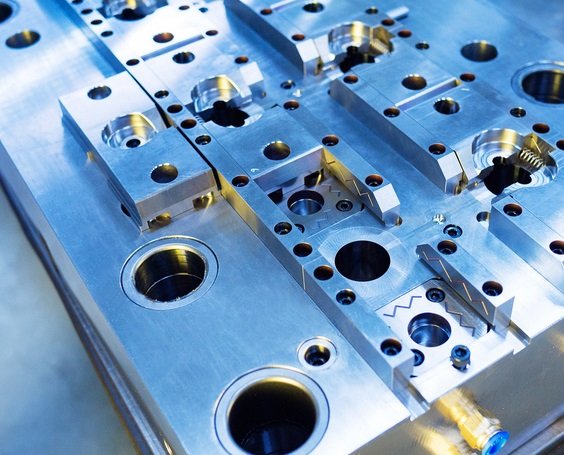Most of the defects of molded products are caused in the plasticization and injection stages, but sometimes they are also related to improper mold tool design. Possible influencing factors include: the number of mold cavities, the design of the cold/hot runner system, the type, location and size, and the structure of the product itself. Therefore, in order to avoid product defects caused by mold design, we need to analyze the mold design and process parameters when making the mold.
After obtaining the test results, the operator usually needs to evaluate the specific conditions of the mold, so as not to increase unnecessary costs and time in the process of modifying the mold. In most cases, this evaluation also includes the setting of machine process parameters. In other words, in order to make up for the deficiencies in the injection mold tooling design, the operator may make incorrect settings without knowing it.
In this case, the production and operation process of the equipment is abnormal, because the parameter setting range required to produce qualified products is very small. Any slight deviation in the parameter setting may cause the quality of the final product to far exceed the error range allowable. The actual cost is much higher than that of mold optimization in advance.
The purpose of mold testing is to find out the optimized process parameters and mold design. In this way, even if the materials, machine settings, or environmental factors change, a stable and uninterrupted mass production environment can still be ensured, not just to obtain a good sample. And this point is very important.




